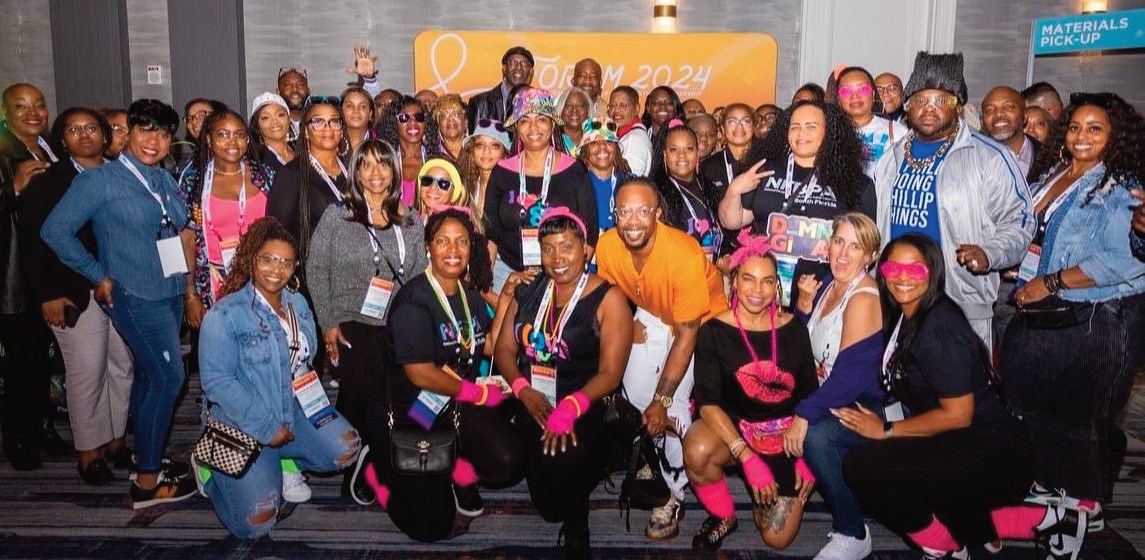 Some people presume that cities must choose between the promised land of urban revitalization through gentrification or the wilderness of continued neglect and urban decay.
Some people presume that cities must choose between the promised land of urban revitalization through gentrification or the wilderness of continued neglect and urban decay.
Equitable development principles and inclusion of citizens’ perspectives, however, can support a city’s revitalization efforts, prevent the displacement of current residents, and create a sustainable community of mixed-income developments of affordable and diverse housing, businesses and public spaces for all income levels.
Current residents must have an opportunity to learn about proposed developments, and to voice their concerns and desires early in the process. Unbeknownst to some, citizens can greatly influence building code compliance and the design, height, location and number of buildings in a developer’s plans. They also have the ability to stop or alter a project, request that the government utilize equitable tools, and – if necessary – file lawsuits to block illegal, infringing or non-conforming construction plans.
Gaining familiarity with the specialized construction, zoning, building code, infrastructure and planning language and terminology is essential, so that residents’ desires are reflected in the blueprints, ordinances, Community Redevelopment Agency plans, comprehensive master plans and contracts.
Universities, governments and nonprofits can increase the number of free or low-cost educational programs, publications and Internet portals to educate lay persons as to the basics of neighborhood design, building codes, hearings and the regulatory framework. Thus, interested persons could better understand, discuss and influence the proposals presented by government planning departments and developers or communicate the plans that they themselves would like to present.
Government officials often find it challenging to tie revitalization successes to the people whose lives they aim to improve. Fortunately, they can meet those challenges by utilizing equitable development regulations.
Here are some examples of equitable development tools:
A. Denial or Granting of Zoning Waivers – Requests seeking exceptions to the current zoning ordinance; expedited permit processes; relaxed design standards; or nonpayment of municipal fees designed to decrease the developer’s construction cost.
B. Impact Analysis – Requiring that no major contracts be signed until a written community benefits and impact analysis is done.
C. Commercial Linkage Strategies – Programs and fees tie economic development to the construction of affordable housing. Developers of new commercial properties pay fees supporting affordable housing construction. Linkage programs support smart growth, mitigate rising housing costs caused by economic development, and provide a dedicated source of revenue for affordable housing.
D. Infill Incentives – Density bonuses allow developers to create higher-density projects and increase affordability measures. They reward innovative housing efforts to expand homeownership through unused or abandoned lots.
E. Developer Extractions – These require new commercial developments to contribute fees to the development of affordable housing, community services and infrastructure such as day care, cultural centers, job training, and below-market-rate housing.
F. Inclusionary Zoning – Land use regulation mandating that a percentage of the housing units, from 5 percent to 35 percent, be affordable. The developer can build the housing or contribute to a fund to develop it elsewhere. This tool helps where high-income and luxury apartment developments quickly overrun the existing low- and moderate-income housing stock.
G. Housing Trust Funds – Public funds, established by legislation, ordinance or resolution, to receive specific revenues dedicated to affordable housing development. A housing trust fund receives ongoing revenues from dedicated sources such as commercial development taxes, fees on loan repayments, and transfer taxes.
H. Community Land Trusts – Nonprofit organizations acquire and hold land for community benefit, making the land available to individuals through long-term land leases. Residents own the homes on the land.
Officials can increase the number of workshops and schedule planning meetings at locations and times convenient to urban residents who are often isolated from mainstream institutions; and address the fact that citizens’ transportation needs, work schedules and budget limitations may prevent some from attending daytime and weekday meetings. Promoting evening, weekend and online meetings; planning events close to residents’ homes and near public transportation; and underwriting attendance costs are additional options.
Given the millions of tax and private dollars invested in revitalization projects, the frustration and delays of these projects, resident displacement, and racial tension are outcomes to be avoided. Utilizing equitable development policies and ensuring resident input and transparent communication with developers constitute true community building.
Lisa B. Hogan is an attorney who specializes in business law, public/private partnerships, foundation and nonprofit management. This submission is an excerpt from an article that originally appeared in Guide to Best Practices in Corporate Social Responsibility, Volume 2, PR News Press 2008.
LB@HoganSolutions.com












No Comment